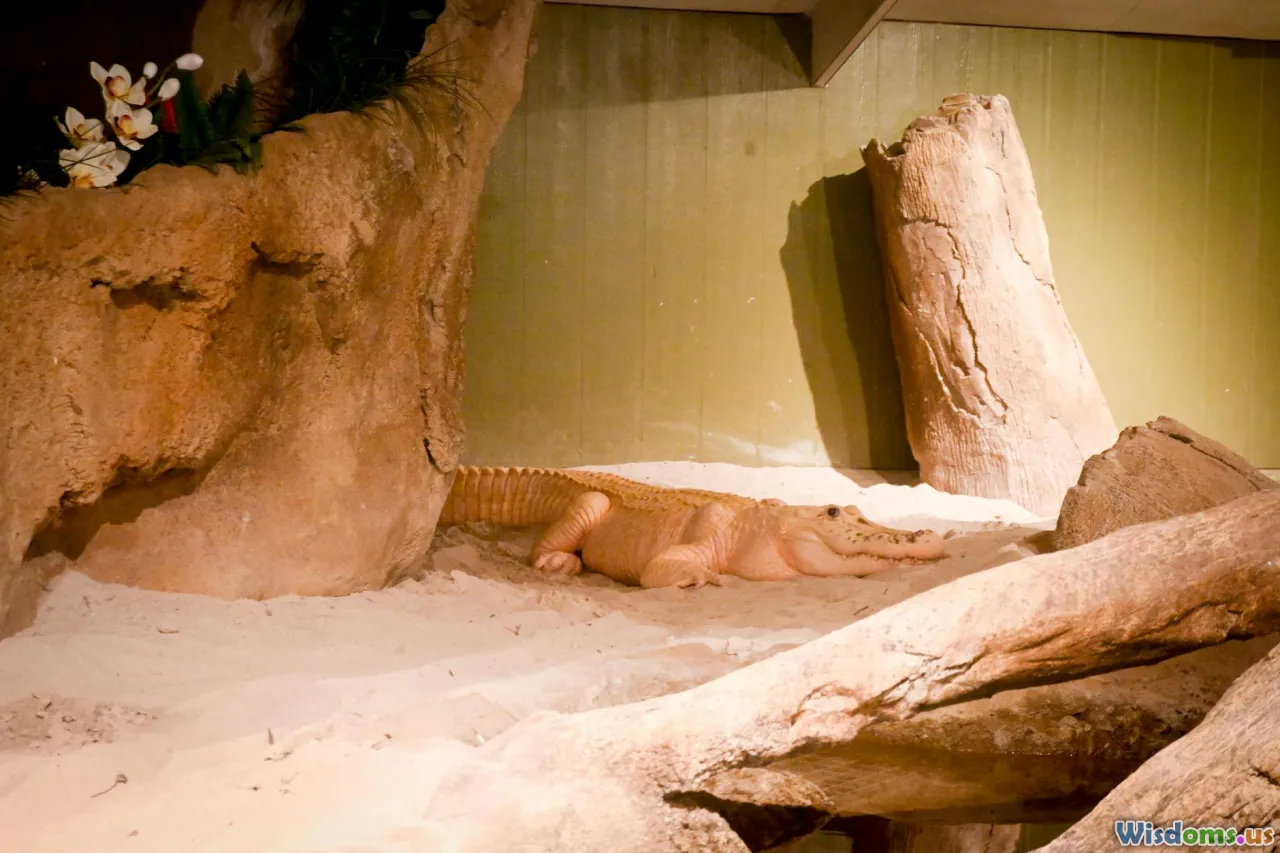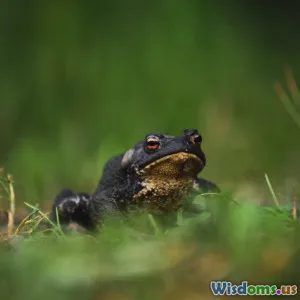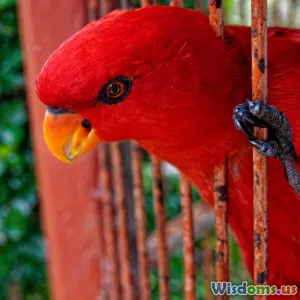
The Role of Zoos in Species Preservation
8 min read Explore how zoos champion species preservation through conservation, education, and scientific advances. (0 Reviews)
The Role of Zoos in Species Preservation
Introduction
In an era marked by accelerating species loss and habitat degradation, the global biodiversity crisis has spurred urgent efforts toward conservation. While natural habitats and wildlife sanctuaries play crucial roles, zoos have emerged not simply as places of public amusement but as vital institutions championing species preservation. This article explores the multifaceted contributions of modern zoos in curbing extinction—through captive breeding programs, education, scientific research, and global networking—offering a comprehensive understanding of their indispensable role in preserving Earth's biodiversity.
Zoos as Conservation Hubs: Beyond Entertainment
Traditionally, zoos were often viewed solely as entertainment venues showcasing exotic animals. However, the 21st-century paradigm shift has transformed many zoos into conservation sanctuaries. Today’s accredited zoos worldwide abide by strict ethical and scientific standards, prioritizing animal welfare and species survival.
For instance, the Association of Zoos and Aquariums (AZA) in the U.S. certifies institutions committed to rigorous conservation practices, ensuring animals are kept in naturalistic habitats that meet their physical and psychological needs. This transformation reflects a wider commitment among zoological institutions to contribute meaningfully to global conservation targets.
Captive Breeding Programs: Guardians Against Extinction
One of the linchpins of zoos' conservation role is their involvement in captive breeding programs. These carefully managed efforts aim to boost populations of threatened or critically endangered species when wild population sizes fall to perilous levels.
Case Study: The Black-Footed Ferret
Once declared extinct in the wild during the late 1980s, the black-footed ferret was saved through a landmark captive breeding initiative spearheaded by the Smithsonian Conservation Biology Institute in collaboration with several zoos. Beginning with just seven known individuals, extensive breeding efforts led to the reintroduction of thousands of ferrets into their native North American grasslands. As of 2020, wild populations have steadily increased, demonstrating captive breeding's capacity to reverse extinction trends.
Genetic Diversity Management
Crucially, zoos manage genetic diversity within captive populations through studbooks and genetic analysis to prevent inbreeding depression—the loss of genetic health due to mating between closely related individuals. For example, the Species Survival Plan (SSP) programs coordinate breeding among multiple institutions globally, maintaining robust gene pools that sustain population viability.
Scientific Research and Veterinary Advances
Zoos operate as centers of scientific excellence, conducting research that informs conservation biology both in captivity and in the wild. Through behavioral studies, reproductive biology, nutrition, and disease prevention, zoos generate critical data that improve care and inform management strategies.
For example, contraceptive techniques developed in zoos have helped manage overcrowded populations within captive settings without compromising genetic integrity. Additionally, advances in cryopreservation (the storage of gametes and embryos) spearheaded by zoo scientists offer innovative pathways for conserving genetic material for future use.
Moreover, zoos contribute to wildlife health monitoring by diagnosing and managing diseases that might threaten wild populations, such as the amphibian chytrid fungus, which has devastated amphibian diversity. The Cincinnati Zoo's Amphibian Conservation Center’s work in breeding and disease resistance exemplifies this frontier.
Education and Public Engagement: Inspiring Conservation Action
Zoos serve as powerful educational platforms that raise public awareness and foster empathy for endangered species. Through immersive exhibits, interactive programs, and community engagement, zoos translate complex conservation issues into tangible experiences for millions of visitors annually.
According to the World Association of Zoos and Aquariums (WAZA), engaging the public effectively can motivate transformative conservation behaviors, such as habitat protection, reduction in wildlife trafficking, and support for sustainable policies.
Interactive tools like keeper talks, behind-the-scenes tours, and citizen science initiatives connect people emotionally to conservation challenges. For example, the David Sheldrick Wildlife Trust in Kenya uses their association with zoos globally to boost fundraising and public attention for elephant and rhino protection.
Collaborations and Global Networks
Understanding that no single institution can tackle the biodiversity crisis alone, zoos have increasingly fostered cooperative partnerships and global networks. Initiatives like the Global Conservation Consortium for Tigers and the IUCN’s captive breeding program collaborations leverage shared expertise and resources to orchestrate large-scale conservation successes.
Zoos work closely with governments, NGOs, indigenous peoples, and local communities to support in situ conservation efforts—protecting animals within their natural habitats. For instance, the Bronx Zoo's commitment to jaguar conservation in Latin America is conducted through partnerships that integrate captive management with field conservation.
Addressing Ethical and Practical Challenges
While zoos contribute significantly to conservation, the paradigm is not without controversy. Critics voice concerns about the ethics of keeping wild animals in captivity and question the effectiveness of zoos in preserving species long-term.
High-profile cases, such as the debate around orca captivity or the welfare of some large mammals, have catalyzed improvements in enclosure design and enrichment to enhance animal well-being. Additionally, zoos now prioritize transparent reporting and engage independent welfare assessments.
Balancing conservation benefits with ethical responsibilities requires continual refinement, with many zoos evolving towards open-range sanctuaries, greater focus on rehabilitation, and prioritization of animals unable to survive in the wild.
Conclusion: Zoos as Integral Pillars in Species Preservation
Faced with rapid species declines, habitat loss, and climate change pressures, zoos have stepped into a crucial role far beyond their historical functions. Through scientifically robust captive breeding programs, pioneering research, impactful education, and international collaboration, zoos actively contribute to preventing extinctions and restoring populations.
While challenges remain, the increasing professionalization and ethical evolution of zoos underscore their value in global conservation strategies. For nature enthusiasts and the public alike, supporting reputable zoos means investing in tangible hope for diverse species whose survival would otherwise be uncertain.
In essence, modern zoos are not merely places to observe animals but vital custodians of biodiversity, weaving together science, compassion, and community in the shared quest to preserve Earth’s extraordinary wildlife heritage.
Rate the Post
User Reviews
Popular Posts




















